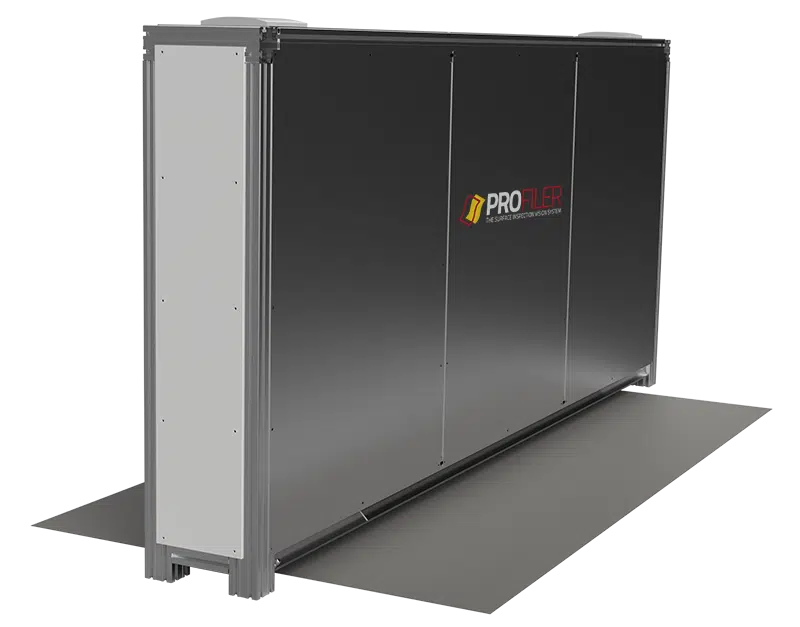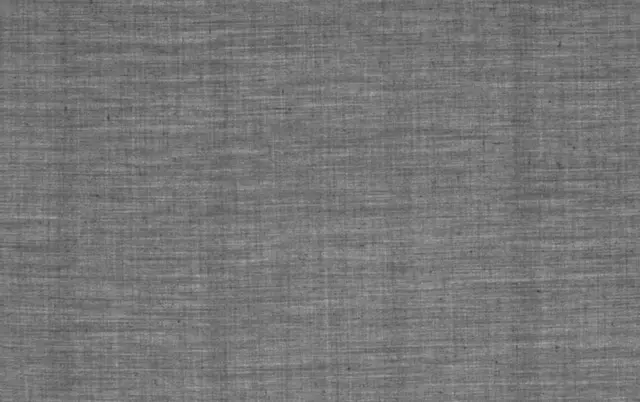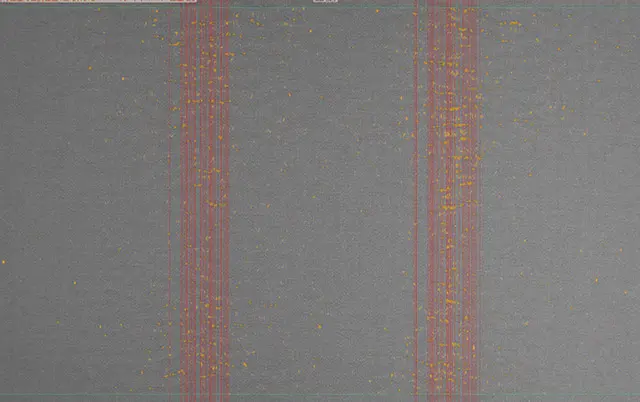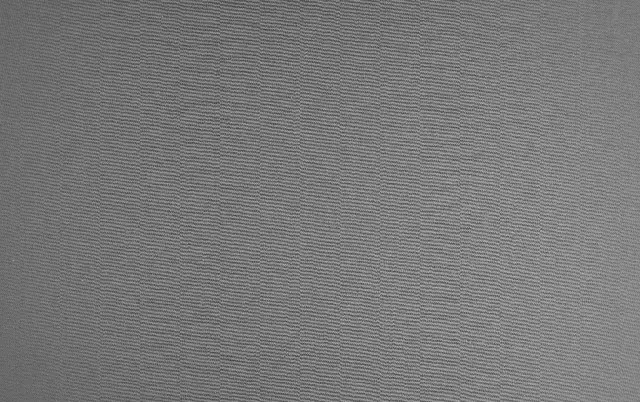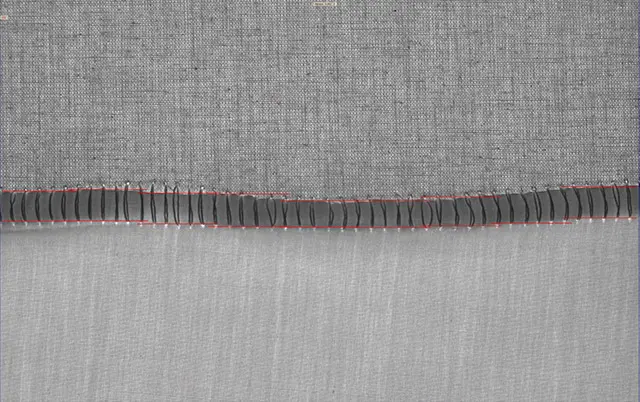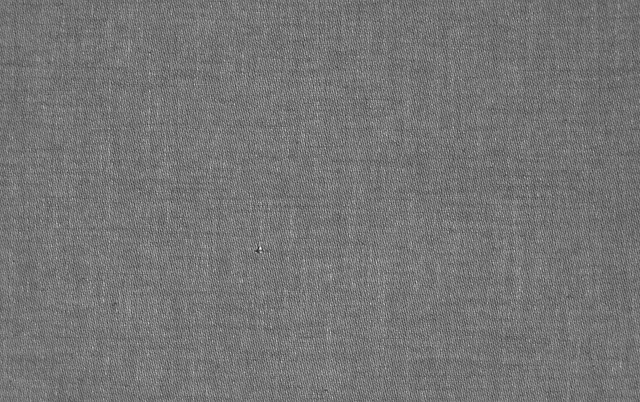COMVIS Profiler™ is a camera-based fabric inspection system capable of automatic detection of visible deviations in fabrics. With a Profiler™ inspection system, customers achieve a higher and more consistent product quality and optimize both process efficiency and line capacity.
Based on the philosophy that every customer has its own wishes, specifications and budget, Profiler™ has a modular structure. The complete Profiler™-setup is configured based on inspection requirements, as well as the requirements for defect handling and integration and interfacing with other third-party systems.
The development of both our customers and COMVIS is a continuous process. That is why COMVIS thinks it most important that our inspection systems are suitable to grow with the needs of the customer and with the speed of technological developments. Our inspection solutions are scalable, flexible and always customizable. Ready for the demands of tomorrow.
